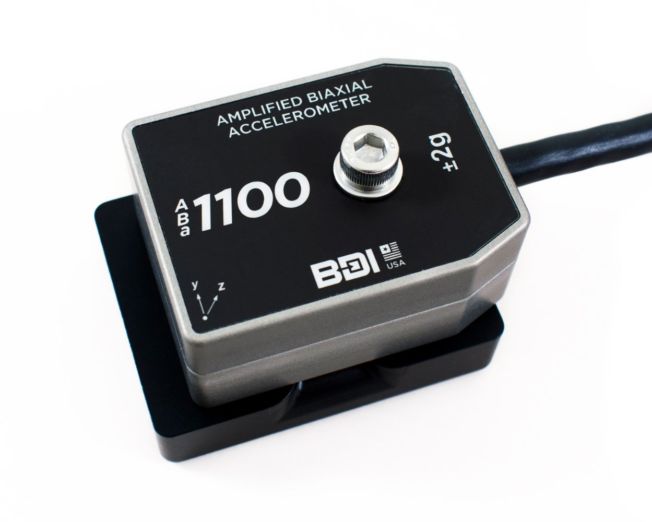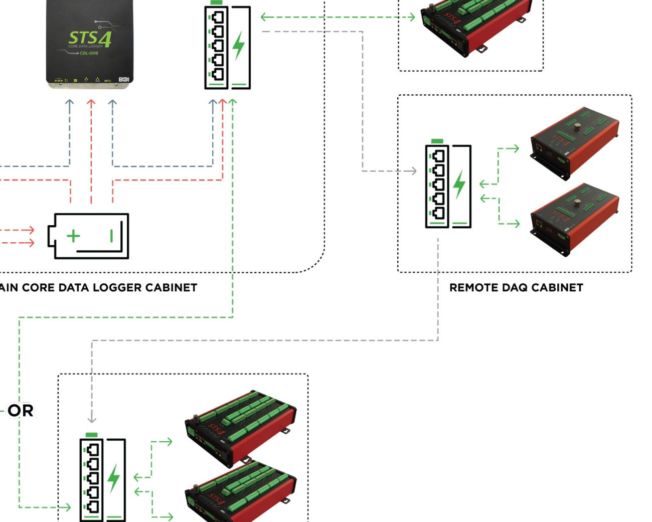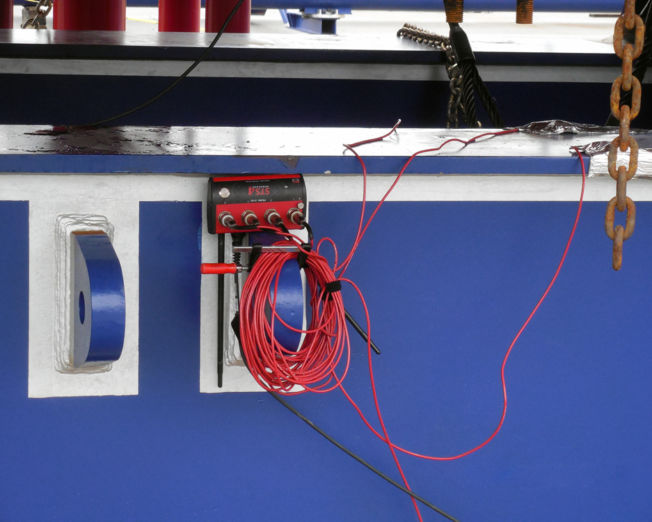Completed in 2020, BDI provided vibration monitoring of both the building and its contents during adjacent high-rise demolition and construction. What made this project unique was the historic nature of its contents – over thousand-year-old artwork and sculpture masterpieces! Although vibration isolators were installed on the pieces, due to their age and historical nature, the museum was concerned about damage due to vibration from demolition and construction activities.
Traditional Instantel seismographs were used to monitor vibrations of the structure itself on the building face adjacent to the construction and multiple levels within the building at five (5) locations. However, due to the size of a standard geophone being too large to place on the artwork, BDI had to develop nine (9) customized monitoring systems that were not visible to the visitors of the gallery and would not damage the historic pieces. Sub-miniature, triaxial accelerometers were installed on the artwork itself or the vibration isolators the artwork was placed on. These sensors were wired to a cell-enabled, high-speed BDI STS monitoring systems.
As with many monitoring programs, the monitoring itself was the easy part. “Monitoring of the monitoring systems” was an important part of this installation. BDI’s ongoing monitoring group (OGM) is responsible for ensuring that the monitoring systems are always powered on and maintaining remote communications. For whatever reason, the museum’s facilities maintenance group were consistently unplugging the monitoring systems from the outlets. Each time this occurred the dataloggers alerted BDI’s OGM group that AC power was lost. When this occurred, the BDI’s OGM staff would contact the museum to have power restored. However, since each monitoring system contained an uninterrupted power supply (UPS), monitoring was never interrupted because the battery backup UPS supplied power until the AC power was restored.
The monitoring program was established to identify construction-induced vibrations that may result in damage to the building and artwork. The intent was to implement a monitoring plan to detect early-stage damage and reduce the likelihood of construction-related damages to the adjacent building and the item inside. All fourteen (14) monitoring systems were connected to BDI’s online monitoring portal for remote data viewing. Additionally, and based on the engineer’s recommended tolerances, each vibration sensor was programmed with exceedance thresholds so that the respective stakeholders (general contractor, museum curator, owner’s representative, and engineers) could be notified of any vibration exceedances. Monitoring occurred until the foundation and earthworks were completed. Readings were taken continuously during the demolition and foundation fieldwork.






